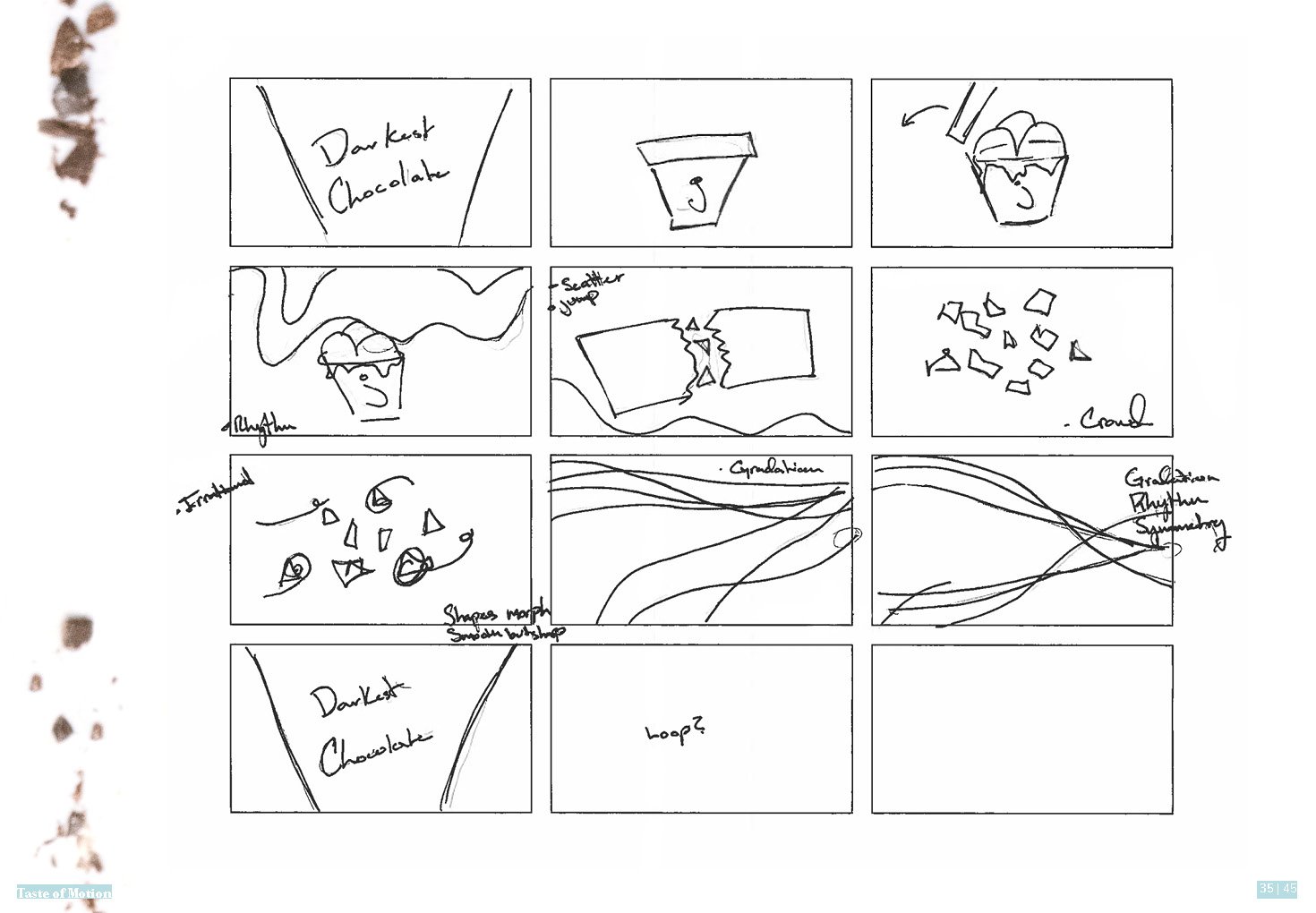Developing a systematic framework to express brand attitude using motion graphic design.
Multi-Sensory Perception
The way we taste foods is far more complex than flavor alone. Flavor perception encompasses processing multi-sensory information. It involves all five sense perception systems: taste, olfactory, visual, auditory, and tactile.
This encompasses not only the food itself, but its packaging, environment, and the marketing surrounding it. A simple example to describe this correlation is when the sense of smell is impaired by a stuffy nose, perception of taste is usually dulled as well. This connection between multi-sensory information truly dictates how flavor is understood.
Based on the information that is transported from the tongue to the brain, there are thought to be at least four basic profiles of taste. The basic tastes are: sweet, salty, sour, and bitter.
These basic tastes have a strong link to evolution and survival, just like motion is linked with survival. Taste was a sense that aided us in testing the foods we were consuming. A bitter or sour taste was an indication of poisonous or inedible foods, and a sweet or salty taste was often a sign of foods rich in nutrients.
This flavor wheel represents all categories of food. A tool to help break down and classify different flavor profiles.
Matrix
Working though the remaining steps, I analyzed the relationship between the flavor, action, and motion approaches and developed a matrix to chart the results. After creating the overall matrix I then I charted how each volunteer answered the survey for the separate flavors.
To highlight a few examples:
The adjectives “sour”, “tart,” and “tangy” are all varying degrees of each other. Tasting these flavors, one’s month tends to tighten and pucker. These flavors, dependent on the intensity of the adjective, are connected to the motion approaches “centralize,” “shrink” and “center.”
The adjective “juicy,” brings thoughts of dripping or oozing outwards. In the context of ice cream and berries, “juicy” can be linked to the motion approach “diffusion.”



































